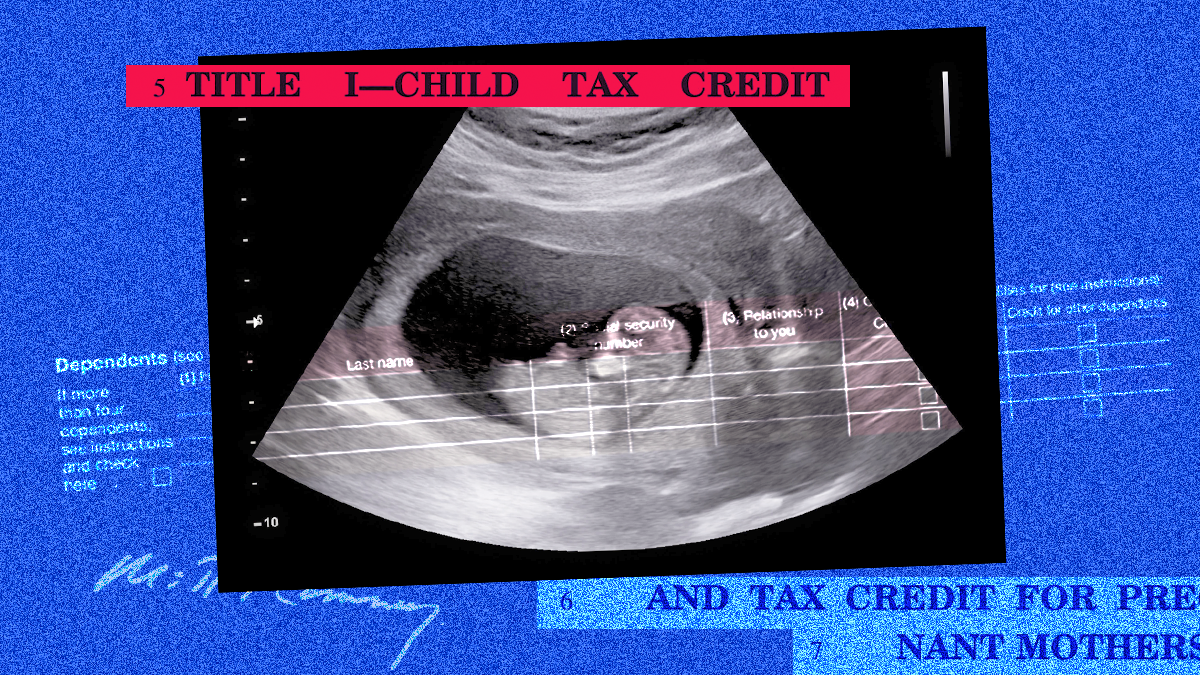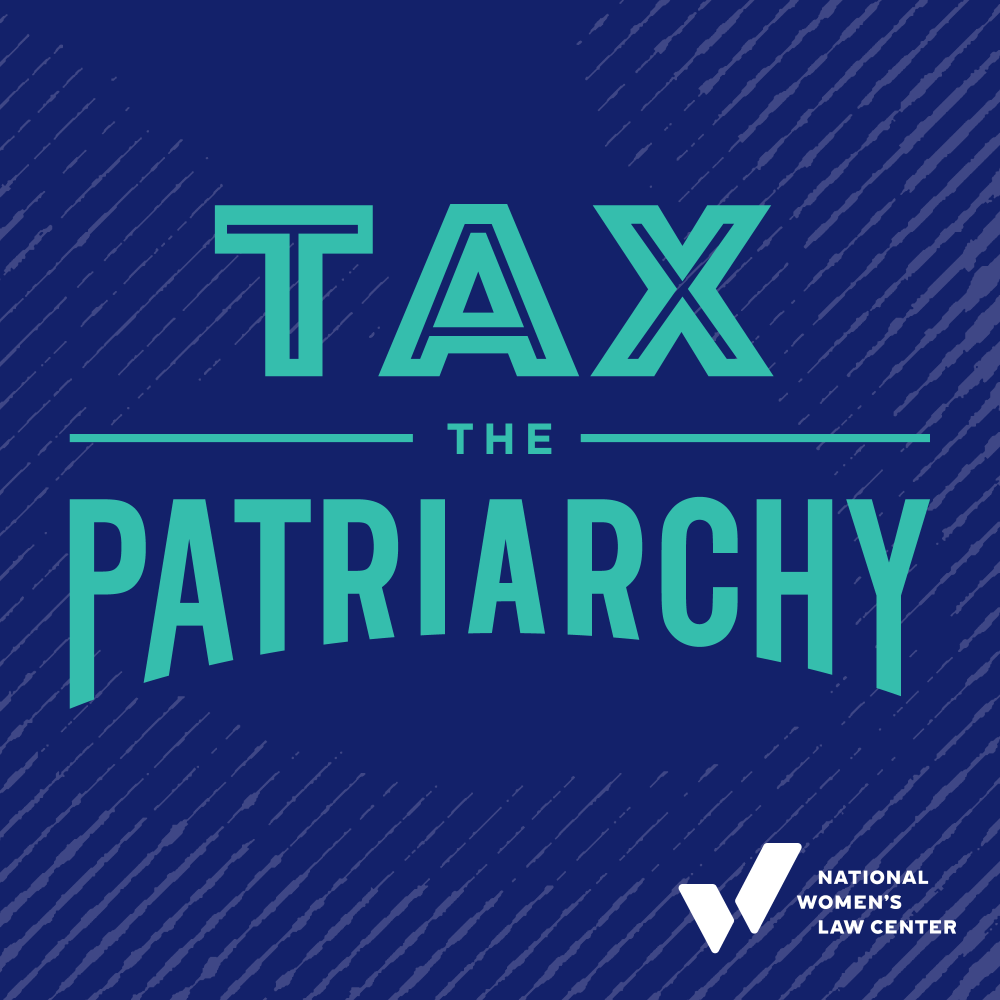Abortion rights, women of color, and LGBTQIA+ people are under attack. Pledge to join us in fighting for gender justice.
Takeaways From Tax Prep Volunteering

It’s a Wednesday evening in early March, and I’ve just finished helping a taxpayer file her tax return. For the past eight years, I’ve been a volunteer with the IRS’s Volunteer Income Tax Assistance (VITA) program. Today, on VITA Awareness Day, volunteers across the country are working to get the word out about the value of this program that helps people who generally make less than $54,000 a year file their taxes for free. What’s more, the volunteers—who go through an IRS training and certification process every year—aim to make sure that these taxpayers receive all the tax credits and benefits for which they’re eligible.
Three credits in particular provide huge benefits for women and their children. The Earned Income Tax Credit is designed to help working people with low to moderate incomes (people earning less than $47,747 if single or less than $53,267 if married filing jointly, in 2015). The amount of the credit varies depending on how much a taxpayer earned during the tax year and how many children (if any) she has—the maximum amount of the credit is $6,242. The Child Tax Credit is intended to help parents with some of the costs of raising a child and is worth up to $1,000 per child. Even families who owe little or no income tax can receive at least some of this credit as a refund if they earned $3,000 or more in 2015. Finally, the Child and Dependent Care Credit allows parents to receive a credit for daycare expenses and is worth up to $2,100.
These tax credits provide tangible benefits to people with low to moderate incomes, particularly single mothers with children. In fact, research suggests that, in almost all states, federal and state tax credits are worth more than TANF and SNAP benefits. The IRS estimates that for tax year 2014, 27.5 million taxpayers received about $66.7 billion in the Earned Income Tax Credit alone. Furthermore, an Urban Institute study concludes that tax policy (including the credits highlighted above) account for 40% of federal investments in children.
But as powerful as these statistics are, I’m most convinced of how much these credits benefit women and children when I see the excitement and relief on the faces of the taxpayers I talk to every week. I regularly get to be the bearer of fantastic news—telling a single mother struggling to make ends meet that she’ll be receiving a refund of three, four, or even five thousand dollars. For many of the taxpayers I talk to at the VITA site each year, this means that their refunds can help them with critical expenses like rent, childcare, or car maintenance. Sometimes taxpayers are even able to put a portion of their refund into savings so that they can start building a financial safety-net. For me, there’s no greater proof that these tax credits are a critical tool to help raise women and children out of poverty.
Because free tax assistance sites play such a vital role in ensuring that low and moderate-income taxpayers receive these tax credits, it’s been disheartening to see how chronically underfunded VITA and its sister program, Tax Counseling for the Elderly (TCE), are. Although these programs have been able to leverage their limited resources—in 2014, they helped process $3.9 billion in tax refunds with their $18.1 million in funding—they’re unable to serve all of the taxpayers who need assistance without more funding. That’s why it’s important to increase funding for VITA and TCE. Without adequate support for free tax assistance programs, some families will continue to fall through the cracks.
To receive the tax credits discussed above, you have to file a tax return. To find out where you can file your taxes for free visit the IRS’s website or call (800) 906-9887. Then, when you’re ready to head to the VITA site to file your taxes, check our list of things to bring with you to make sure you have everything you’ll need.
You can also learn more about volunteering with the VITA or TCE programs.




